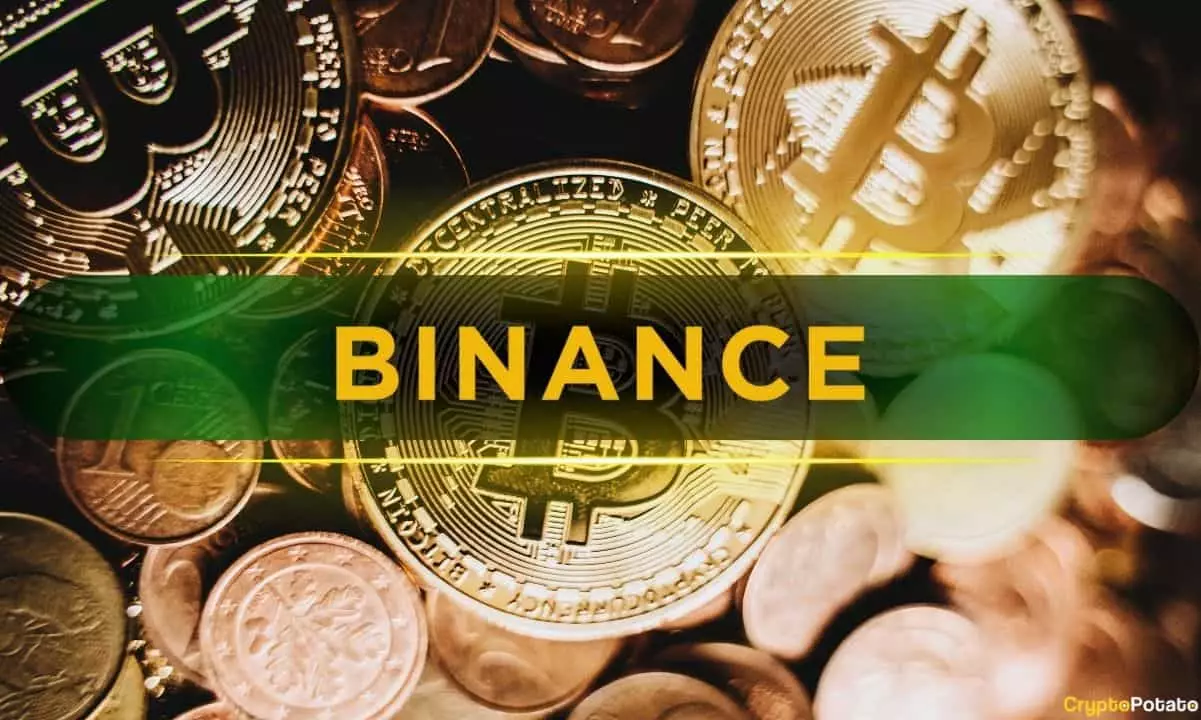Bitcoin’s recent price stability around the $105,000 to $110,000 range suggests a resilient rally, yet beneath this bullish veneer lies a troubling structural imbalance. The persistent negative Spot-Perpetual Price Delta on Binance exposes a divergence that questions the sustainability of the current uptrend. While spot prices remain elevated, futures markets, especially perpetual contracts, have failed to keep pace, signaling caution among traders who prefer leverage and speculation. This divergence isn’t incidental—it signals underlying vulnerabilities that could escalate into significant destabilization if shifted abruptly.
The pattern since December 2024, where spot prices have consistently outstripped futures, suggests a cautious market environment—one where investors are stepping in steadily through spot buying rather than risking leverage in perpetuities. This slow, deliberate accumulation may seem healthy, but it masks a fragile complacency. The markets are avoiding over-leverage for now, but the risk is that a sudden shift — a reversal in delta dynamics — could trigger a quick and damaging correction. Essentially, the market’s current reliance on cautious, non-leverage-driven growth leaves it vulnerable to external shocks or a surge of panic selling if sentiment changes.
Implications of the Persistent Negative Delta
What does it mean when futures are lagging behind spot prices? Historically, a negative delta signals that professional traders and whales are exercising restraint, perhaps sensing overbought conditions or macro uncertainties. The current scenario resembles a warning: the market is outwardly strong but internally cautious, with leverage acting as a restraint rather than a catalyst.
If the delta flips from negative to positive, this could herald a storm. An influx of leveraged longs would intensify demand, but it would also increase systemic risk. Liquidity would dry up for market makers seeking quick profits, leading to sharper price swings and potential liquidations that could ripple through the entire ecosystem. The current market posture, therefore, teeters on a knife’s edge; the balance of power is shifting from stabilization to potential volatility.
This isn’t merely speculation—it’s a reflection of the market’s psychological battleground. The current trend of spot-driven growth signifies a desire for stability and gradual accumulation. Yet, until the futures markets catch up, the market remains vulnerable to abrupt reversals once bullish momentum exhausts or the delta turns positive.
The Broader Picture: Distribution, Accumulation, and Market Control
On a macro level, Bitcoin’s defense of its short-term holder’s realized price indicates a degree of bullish resilience. Despite the recent volatility and whale distributing over 14,000 BTC, retail and institutional buyers are stepping in, absorbing supply at strategic levels like $98,220 and near $99,474. This behavior suggests a deliberate, calculated accumulation stage, one that is less driven by euphoria and more by strategic positioning amid macroeconomic uncertainties.
However, this fragile distribution phase could quickly shift if leverage becomes more aggressive. Whales and market players are aware of the risks underlying current dynamics. The cautious stance of leveraged traders, hidden within the negative delta, signifies a market hesitant to overextend—yet just one sudden shift could turn this cautious optimism into chaos.
As market participants weigh their next steps, the key signal remains the delta. A swift move to positive would likely mark the end of this cautious accumulation and energize a new, more volatile phase that could threaten the recent gains. For now, Bitcoin’s apparent strength may be masking lurking vulnerabilities, waiting to be exposed once external factors or internal shifts skew the delicate balance of supply and demand.

